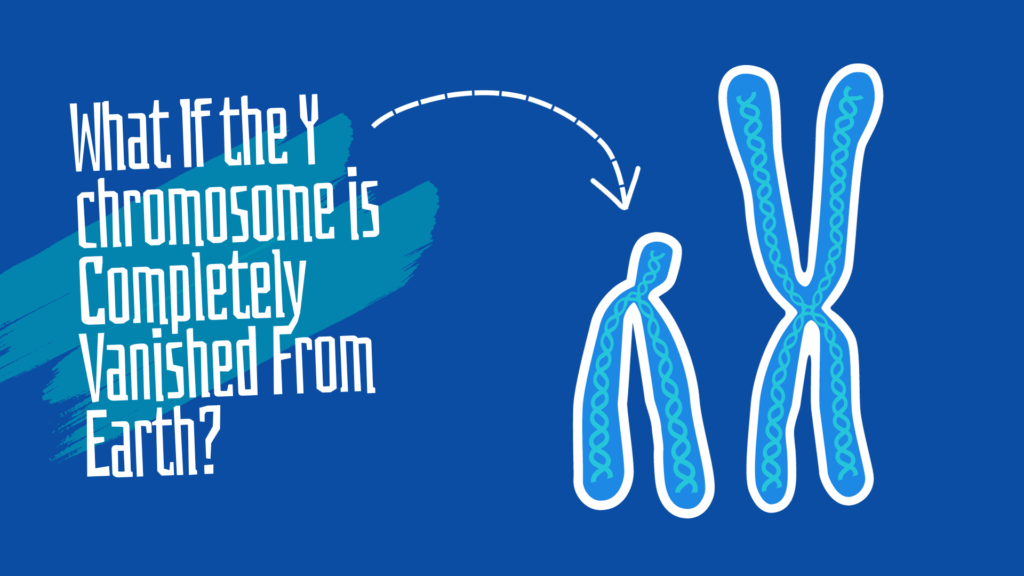“A polygenic trait sleep latency has a definite partial genetic basis. A recent study unfolded the effect of Piezo and Proc-R gene mutation leading to considerable variation in sleep latency.”
Jan 2, 2024; (Nature) Scientific Reports, Eiman et al.
Key Topics:
What is Sleep Latency?
Sleep is a complex human trait, influenced by environmental and genetic factors. Sleep latency is one such sleep-related trait influenced by the same factors. Sleep latency means the amount of time an individual takes to fall asleep. It is usually between 10 to 21 minutes.
Recent studies suggest that sleep latency has a definite genetic foundation that involves more than 248 genes. Sleep latency is a heritable trait having a heritability rate of 17 to 44%.
Previous studies
Several studies showing the consequences of gene mutations on Human sleep latency are reviewed here:
- SNP in the third intron of the CACNA1C gene (studies on Australian Twin Registry by Byrne et al 2023).
- SNP near the DMRT1 gene (a genome-wide association study by Spada et al. 2016)
- A mutation in the intron of the RBFOX3 gene (Genome-wide association study by Amin et al 2016).
- Various polymorphisms associated with the DRD2 gene cause abnormal speed latency (a comprehensive study on 2000 individuals by Cade et al 2016).
- Various alterations in MTNR1B influence REM sleep latency (Chang et al. 2016).
A recent study published on Jan 2, 2024, in (Nature) Scientific Reports by Eiman et al. identified new candidate genes associated with sleep latency in Drosophila.
The present study
A Genome-Wide Association Study on flies by Eiman et al. (2024) revealed new genome-wide alterations linked to sleep latency in flies by utilizing the data obtained from the Drosophila Genetic Research Panel.
The present study provides a fresh perspective on how genetic factors contribute to sleep latency. GWAS is a powerful tool to investigate alterations from the entire genome and provides us with information on genes and alterations associated with traits we want to investigate.
Eiman et al. thus employed the GWAS approach and tagged 248 genes’ association with the present trait and identified 520 alterations in flies. Further to this, comprehensive investigations using pan-neuronal knockdown experiments on 23 candidate genes pinpointed CG44153, Piezo, Proc-R, and Rbp6 genes as key genes for the present trait.
The present research also revealed the contribution of epistasis in sleep latency. Epistasis simply means gene-gene interaction in which one gene or allele masks the effect of another gene or allele.
Eiman et al. selected 43 SNPs to understand the significance of epistasis and demonstrated that 6 and 100 pairwise interactions in males and females, respectively contribute to sleep latency.
Future lookups:
The present study will help strengthen our understanding of human sleep and address sleep-related issues. The present study on flies provides a base for understanding similar factors in humans.
This eventually helps us with different sleep-related problems like insomnia, hypersomnia, sleep deprivation, etc. Such and more related studies also contribute to developing new personalized sleep medicines, wearables and treatments.
Interesting articles:
- Research Validated the Intriguing Role of Simple Sequence Repeats in Cellular Differentiation.
- Recent Research Has Identified 26 Novel Variants in Hemophilia.
- Groundbreaking Discoveries in the Field of Genetics in 2023.
Wrapping up:
Sleep and related traits exhibit a complex genetic basis. Phenotypic alterations can be led by the interaction with the environment and alterations in the genetic factors. However, studies like this, help understand the complicated interplay between these two factors.
More fruitful studies and a solid research foundation are required to understand, demonstrate and validate the genetic basis of sleep and traits like sleep latency.
Resources:
Eiman, M.N., Kumar, S., Serrano Negron, Y.L. et al. Genome-wide association in Drosophila identifies a role for Piezo and Proc-R in sleep latency. Sci Rep 14, 260 (2024). https://doi.org/10.1038/s41598-023-50552-z.
Byrne, E. M. et al. A genome-wide association study of sleep habits and insomnia. Am. J. Med. Genet. B Neuropsychiatr. Genet. 162B, 439–451. https://doi.org/10.1002/ajmg.b.32168 (2013).
Spada, J. et al. Genome-wide association analysis of actigraphic sleep phenotypes in the LIFE adult study. J. Sleep Res. 25, 690–701. https://doi.org/10.1111/jsr.12421 (2016).
Amin, N. et al. Genetic variants in RBFOX3 are associated with sleep latency. Eur. J. Hum. Genet. 24, 1488–1495.
Cade, B. E. et al. Common variants in DRD2 are associated with sleep duration: The CARe consortium. Hum. Mol. Genet. 25, 167–179. https://doi.org/10.1093/hmg/ddv434 (2016).Chang, A. M. et al. Circadian gene variants influence sleep and the sleep electroencephalogram in humans. Chronobiol. Int. 33, 561–573.
Subscribe to our weekly newsletter for the latest blogs, articles and updates, and never miss the latest product or an exclusive offer.





Hi Neat post There is a problem along with your website in internet explorer would test this IE still is the market chief and a good section of other folks will pass over your magnificent writing due to this problem
Excellent blog here! Also your website loads up fast!
What host are you using? Can I get your affiliate link to your host?
I wish my site loaded up as quickly as yours lol
Hostinger Cloud plan.
Thanks for ones marvelous posting! I truly enjoyed reading
it, you will be a great author.I will be sure to bookmark your blog and
will often come back someday. I want to encourage you to continue your great posts, have a nice holiday weekend!
This design is incredible! You definitely know how to keep a reader entertained.
Between your wit and your videos, I was almost moved to
start my own blog (well, almost…HaHa!) Fantastic job.
I really loved what you had to say, and more than that, how you presented it.
Too cool!
Hello, I think your website might be having browser
compatibility issues. When I look at your blog site in Firefox, it looks fine but when opening in Internet Explorer, it
has some overlapping. I just wanted to give you
a quick heads up! Other then that, great blog!
Sure. I will look after it.